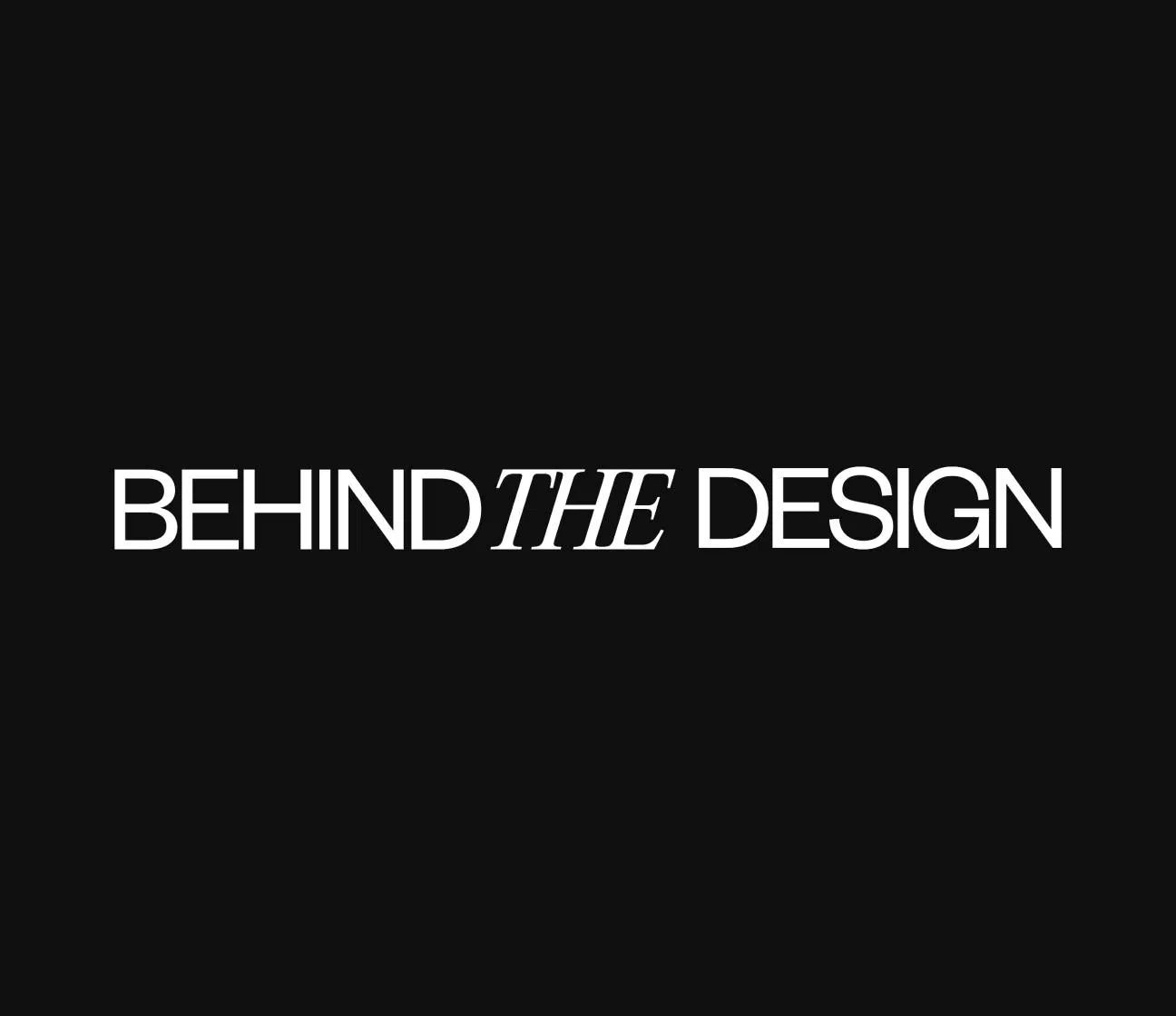Designing for the Future – What It Means for 2024 and Beyond


With 2023 quickly drawing to a close, planning and strategising for the new year and years to follow is already in full force. But unlike years past, planning for the future now holds a much more crucial role than it ever did, not only for individuals and businesses but for the planet as a whole. With the business and social landscapes changing rapidly, it is important for everyone to instil a strong set of principles that define conscious yet impactful outputs – but what does this look like for the world of design?
DashDigital, an international design studio operating out of Cape Town, recently began an interview series called Behind the Design, interviewing as one of their esteemed guests, David Johnston, the founder of Accept & Proceed, a creative agency dedicated to forging the path for tomorrow. Johnson believes that when it comes to the future, the opportunities for designers are huge and that the stakes could not be higher right now.
Speaking about how designers should be looking at things, Johnston said: “They’ve got to get out of the mindset of thinking that they’re passively reflecting culture, because what you choose to create is very, very important in this moment. And I think this comes with a responsibility as a designer to think about what you’re doing, why you’re doing it, who you’re doing it with and what you’re doing it for.”
Taking inspiration from and building on the discussion with Johnston, Rogan Jansen, co-founder and creative director at DashDigital draws attention to a few key areas that will be huge considerations when designing for the future.
“Sustainability is by no means an unfamiliar concept anymore,” says Jansen, “and in the same breath sustainable design is by no means a fad either. There has been a huge shift in the way consumers interact with brands, they now expect a lot more transparency. They want to make sure they’re being ethical in their sourcing of materials, they want to make sure that there are sustainability decisions being made in everything they consume.”
With personal values now needing to be aligned with business decisions, sustainable responsibilities can’t end with recycling at the office. All design in the future must be centred around considering the environmental impact of all activities that bring it to life, taking one’s carbon footprint into account and building products and services that promote eco-friendly practices.
Energy consumption is a huge consideration when designing for the future and getting things like responsive design right, choosing cloud computing and efficient data management can all go a long way to reducing energy use and the associated storage requirements.
As Johnston explains: “All systems in the years ahead will need to have integrity, and they all need to be created in a way that will have a positive effect on the future.”
For many parts of the developed world and even in emerging markets like South Africa, the creative sectors tend not to be very diverse – particularly when you look at race and gender. However, in order for the creative industry to flourish worldwide, diversity needs to be a huge consideration because it has been proven to contribute to an inclusive workplace culture, add market appeal and create a breeding ground for innovation and adaptability.
Speaking about possible solutions, Johnston said in the interview series: “The glaring lack of diversity in the creative sector can only be addressed if we go back to primary school and start opening up the opportunities at the earliest stage.”
Johnston believes that children from all walks of life need to be given the opportunity to see what design is and what it can do. “Unless you’re actually going and speaking to kids, you’re never going to get the diversity we need and ultimately inspire the kind of new generations the creative sector deserves,” he says.
“Collaboration, diversity of thinking, different perspectives and background are what David Johnson believes the creative world needs to create the impactful work the future needs, and I couldn’t agree more,” adds Jansen.

As important as inspiring the next generation of designers, it is just as crucial to be inspiring and positively influencing those who are already in the business or sector, and creating a company culture that makes people want to be there and stay around.
“The Great Resignation and quiet quitting trends of the post pandemic years have certainly taught us a lot,” says Jansen, “and these kinds of learnings are only going to become more important as we work to create businesses that will succeed in the future.”
People want to be valued, they want to know that the work they are doing has meaning and more importantly, they want to be happy. And as Johnston explains, “People want a company that is worthy of them, and that they are worthy of, all in order to go and live the most fulfilling life they possibly can.”
If you're interested in exploring more content from DashDigital's insightful interview series, be sure to visit our website.

The Benefits of Aligning Your Team with Your Business Objectives

Why Strong Brand Identity Is Important in Web Design

Dream of Running Your Own Design Studio? Here’s What You Should Know


